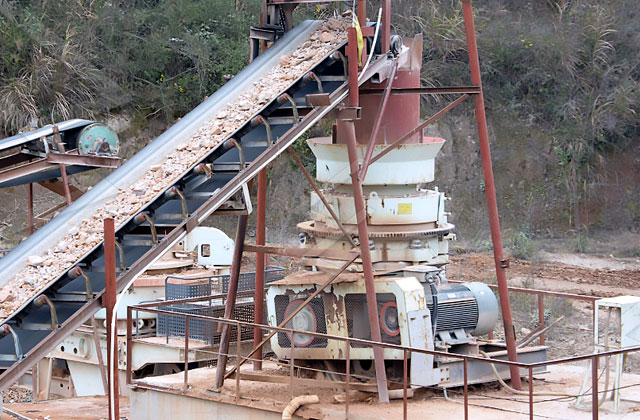A concrete cone rock crusher is a crucial piece of equipment used in the mining and construction industries to break down large rocks into smaller, more manageable pieces. This process is essential for various applications, including road construction, building foundations, and the production of concrete aggregates. Designing an efficient and reliable concrete cone rock crusher is a complex engineering challenge that requires careful consideration of several key factors.

- Purpose and Requirements
Before diving into the design process, it’s essential to define the purpose and specific requirements of the concrete cone rock crusher. The primary purpose is to crush large rocks into smaller sizes, but additional considerations may include:
- Throughput capacity: How many tons of material should the crusher handle per hour?
- Size range: What is the desired range of output sizes?
- Environmental considerations: What emissions and noise levels are acceptable?
- Safety features: How can operators and maintenance personnel be protected during operation and maintenance?
- Cone Crusher Basics
A concrete cone rock crusher typically consists of a conical crushing chamber or “cone” and a rotating eccentrically mounted mantle. The material to be crushed is fed into the top of the cone and gradually compressed and crushed as it moves down the chamber. The crushed material exits through the bottom, known as the discharge opening.
- Crusher Components
Key components of a concrete cone rock crusher include:
- Mantle: The mantle is a replaceable wear-resistant lining that surrounds the crushing chamber’s cone. It plays a vital role in crushing and wear protection.
- Eccentric: The eccentric assembly is responsible for the gyratory motion of the mantle, creating the necessary force to crush rocks effectively.
- Drive system: The drive system, often powered by an electric motor or diesel engine, rotates the eccentric and mantle.
- Crushing chamber: The design of the crushing chamber, including its shape and size, affects the crusher’s performance and capacity.
